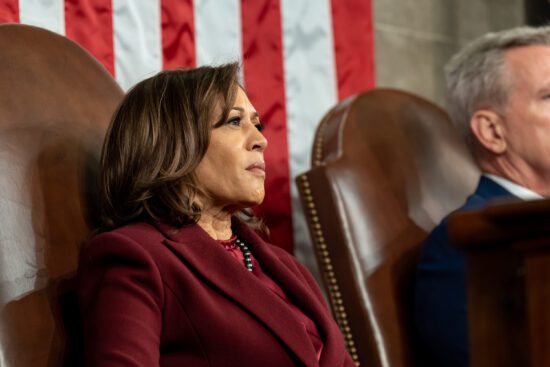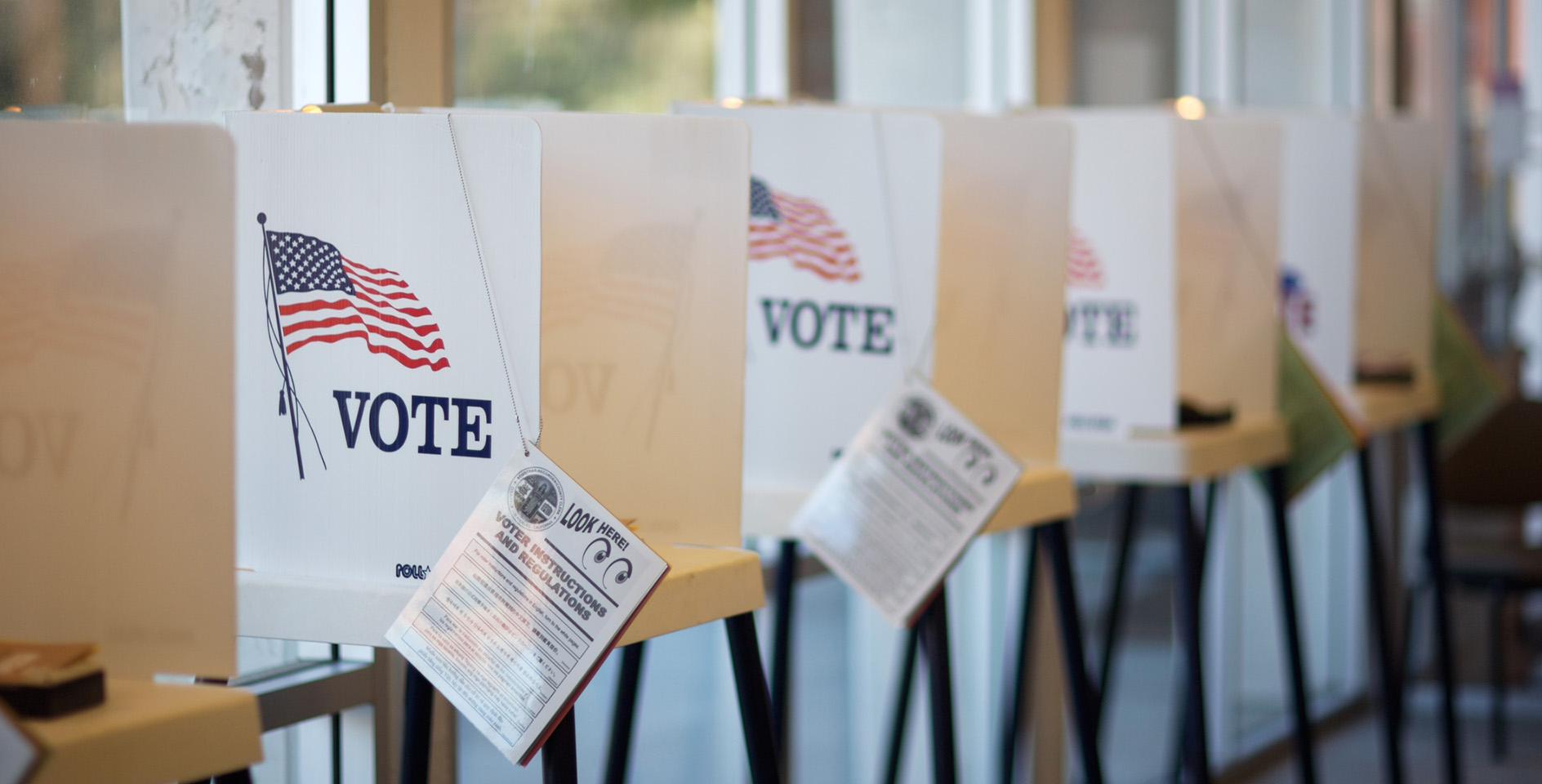
Update: The first case of Ebola confirmed in the United States was reported in Dallas, Texas on September 30, 2014.
Is there a threat of an outbreak in the U.S.?
No. Representatives from U.S. health agencies have made it clear that the American medical system is well-equipped to care for anyone with hemorrhagic fever. The problem with the outbreak in Africa is primarily caused by a lack of adequate medical care in the infected regions.
What is the Ebola crisis?
Over the past six months, the Ebola virus has been spreading through several countries in Africa. The result is a potential epidemiological, humanitarian, and global security threat. “The Ebola epidemic in West Africa has the potential to alter history as much as any plague has ever done,” says Michael T. Osterholm, director of the Center for Infectious Disease Research and Policy at the University of Minnesota. President Obama said he has “directed my team to make this a national security priority.” And Dr. Kent Brantly, an American who was infected by Ebola, recently told the U.S. Senate:
The use of our military is a legitimate and defensible request because if we do not do something to stop this outbreak now, it quickly could become a matter of U.S. national security-whether that means a regional war that gives terrorist groups like Boko Haram a foothold in West Africa or the spread of the disease into America. Fighting those kinds of threats would require more from the Department of Defense than what I am asking for today.
What is Ebola?
Ebola, also known as Ebola virus disease, is a rare and deadly disease caused by infection with one of the Ebola virus strains (Zaire, Sudan, Bundibugyo, or Tai Forest virus). Ebola, which is found in several African countries, was discovered in 1976 near the Ebola River in what is now the Democratic Republic of the Congo. Since then, outbreaks have appeared sporadically in several African countries.
Signs and symptoms of Ebola include fever (greater than 38.6°C or 101.5°F) and severe headache, muscle pain, vomiting, diarrhea, stomach pain, or unexplained bleeding or bruising. Signs and symptoms may appear anywhere from 2 to 21 days after exposure to Ebola, although 8 to 10 days is most common.
How is Ebola transmitted?
According to the Centers for Disease Control, the virus is spread through direct contact (through broken skin or mucous membranes) with blood and body fluids (urine, feces, saliva, vomit, and semen) of a person who is sick with Ebola, or with objects (like needles) that have been contaminated with the virus. Ebola is not spread through the air or by water or, in general, by food; however, in Africa, Ebola may be spread as a result of handling bushmeat (wild animals hunted for food) and contact with infected bats. A person infected with Ebola is not contagious until symptoms appear. Once someone recovers from Ebola, they can no longer spread the virus. However, Ebola virus has been found in semen for up to 3 months. People who recover from Ebola are advised to abstain from sex or use condoms for 3 months.
Is there a vaccine or cure?
Currently no specific vaccine or medicine has been proven to cure Ebola, though an experimental drug known as ZMAPP is being developed. ZMAPP—which is a product for treatment, not a vaccine or preventative product—was administered to the two Americans who contracted Ebola in Liberia in July and is believed to have improved their individual conditions significantly, allowing for their individual medical evacuations to the United States. Government researchers, in collaboration with British drugmaker GlaxoSmithKline, have begun human trials for an experimental Ebola vaccine in the hopes of rushing the drug as quickly as possible to health workers and others at risk in West Africa.
How is Ebola treated?
Signs and symptoms of Ebola are treated as they appear. The following basic interventions, when used early, can increase the chances of survival: Providing fluids and electrolytes, maintaining oxygen status and blood pressure, and treating other infections if they occur.
How many Ebola cases have been reported during the current outbreak?
According to the World Health Organization, in the current outbreak in Guinea, Liberia and Sierra Leone there has been 3,685 cases and 1,841 deaths (a mortality rate of 50 percent). In Nigeria, there have been 21 cases and 7 deaths. In Senegal, one case has been confirmed and there have been no Ebola deaths or further suspected cases.
Update: As of September 30, the outbreak in Nigeria appears to be contained.
How fast is the disease spreading?
In the journal Eurosurveillance, which is the peer-reviewed publication of the European Centre for Disease Prevention and Control, a paper estimates that in a worst-case hypothetical scenario, should the outbreak continue with recent trends, the case burden could gain an additional 77,181 to 277,124 cases by the end of 2014.
Could Ebola be used as a weapon of mass destruction?
It’s possible, though as Anthony Fauci, director of the National Institute of Allergy and Infectious Diseases, says, it would take a “state-type” actor to successfully weaponize the disease.
What is the Obama administration’s goal and strategy for the Ebola crisis?
In his recent speech, President Obama laid out four goals: (1) to control the outbreak, (2) to address the ripple effects of local economies and communities to prevent a truly massive humanitarian disaster, (3) to coordinate a broader global response, and (4) to urgently build up a public health system in these countries for the future — not just in West Africa but in countries that don’t have a lot of resources generally.
To accomplish these goals, President Obama plans to:
(1) Establish a military command center in Liberia to support civilian efforts across the region — similar to our response after the Haiti earthquake.
(2) Create an air bridge to get health workers and medical supplies into West Africa faster.
(3) Establish a staging area in Senegal to help distribute personnel and aid on the ground more quickly.
(4) Create a new training site to train thousands of health workers so they can effectively and safely care for more patients.
(5) Deploy personnel from the U.S. Public Health Service to the new field hospitals being set up in Liberia.
(6) Have USAID join with international partners and local communities in a Community Care Campaign to distribute supplies and information kits to hundreds of thousands of families so they can better protect themselves.
(7) Build additional treatment units, including new isolation spaces and more than 1,000 beds.









